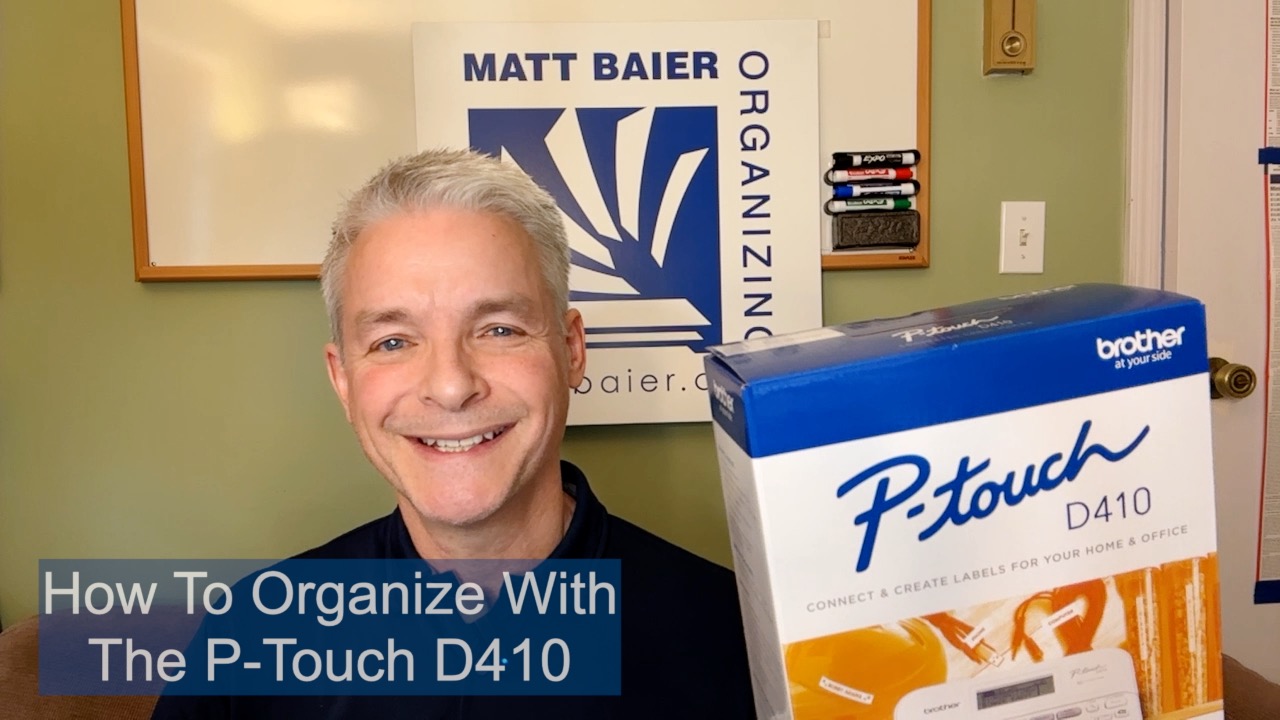In my almost 14 years as a professional organizer, I have seen many a home office. So I have a pretty good sense of all the categories of items and how to organize them. Having a comprehensive knowledge of all the categories is important in setting up sustainable systems. This is because you are in a limited space and all the systems have to work together much like all the systems in a car’s engine.
Here is a complete checklist of all items typically found in a home office and a quick summation of my organizing recommendation, for each one.
__ Desk/ credenza
A clear work surface is your number one organizing tool, because it allows for spreading out, prioritizing and processing. Never squander this space on storage for items you don’t access daily. The following list will include some storage alternatives.
__ Computer/ laptop/ tablet
One of these deserves to live on the work surface. I like store my laptop in the space-saving Henge Dock and to store my iPad in the Belkin charging stand.
__ Telephone
Yes, the phone should be handy, on the desk.
__ Handy office supplies
Keep a very limited supply (one each) of writing implements, office tools, and other supplies on your desk. By office tools, I mean things like a stapler, a tape dispenser, and a three hole punch.
__ Sitting files
Many files that live on surfaces might actually be filed if you had user-friendly filing system. This includes a crystal clear plan for why you are keeping a file and plenty of room. Most importantly, user-friendly files means you trust that you can find a file within seconds. These include current information, statements, and accessible records. Most home offices can fit sitting files in a two drawer file cabinet.
__ Running files
Action files should be vertical, visible, and minimal. This makes them more compelling and actionable. I like keeping my ongoing projects in clear envelopes on an incline sorter. I keep my tasks boldly listed on a clipboard, resting in a lucite easel. Sorter and easel sit on my two drawer file cabinet, beside my desk, clearly in my field of vision.
__ Printer/ scanner/ fax
Whether these items are combined or separate, they should not squander your valuable work surface.
__ Back up office supplies
You only need a very few office supplies on a daily basis. The vast majority should be stored more remotely. This could mean a closet, set of shelves, cabinet, set of drawers or a combination. This includes 8.5 x11 office supplies, writing implements, office tools, paper clips, Post-it’s, electronics, and computer supplies.
__ Stationery/ Checking account
Keep one check per account, envelopes, stamps, and a few thank-you cards handy. The bulk of these items should go with the back-up office supplies.
__ Promotional material
You might want to keep a few business cards handy at your desk, but the vast majority should be stored more remotely. Some can be boxed ups, but it makes sense to keep some more accessible. Sort a few brochures and one sheets in vertical holders and stacked trays.
__ Dead files
Discarding should be the easiest thing you do. Keep separate bins for recycle, trash, and shred. I can’t justify the time required to shred, so I didn’t replace my shredder when it broke. Shredding goes to a a service. No regrets.
__ Reference/ Books/ Binders
If you have these items, you need a bookshelf. Period. Binders are best reserved for easily accessible reference. Don’t be pressured to bind financial and bank statements, just because they are sent with three holes. This is a waste of valuable shelf space. These low value documents should circulate out with the rest of the statements.
__ Sleeping files
Last year’s statements and the files you keep just in case, should not clog up your file cabinet. It’s OK to keep archives, but store them more remotely.
__ Receipts
I find receipts either mixed in with the other paper piles, in shoeboxes, or in a monthly accordion file. What’s wrong with the monthly file? It’s over-organizing and is too hard to maintain. So the majority of receipts end up in piles or shoeboxes. I like a middle ground. I keep a file jacket on a shelf at eye level and at arm’s reach. There are simple subdivisions of cash, business debit, and credit. It’s an open top. No barriers. I scan the cash receipts once a year and they join my Quickbooks files for taxes. Easy.
__ Music
Music can help you get through your work. Just be sure your music system is not so complicated that it interferes with your work.
__ Framed photos/ display items
These items often eat up valuable surface space. Wherever possible, hang or shelve these items.
__ Owners Manuals/ warranties
File space and shelf space should not be squandered on owner’s manuals. Keep them all together in one box or drawer. You can also find most owner’s manuals online and toss the paper version.
__ Keepsakes
Sentimental items should stored more remotely, but with kids, you need to collect their artwork and other keepsakes on a regular basis. Dedicate a bin in the closet for these, but don’t squander file space on keepsakes. Otherwise you’ll run out of room in a hurry.
You can achieve sustainable systems in a small space by recognizing all the components and their levels of priority. Before you even get the this stage, however, it is necessary to prioritize the quantity you have in each category. This involves a process of editing the excess. If that feels overwhelming to you, it’s not for us.
We’d be happy to help.
Please Share With Your Community
















